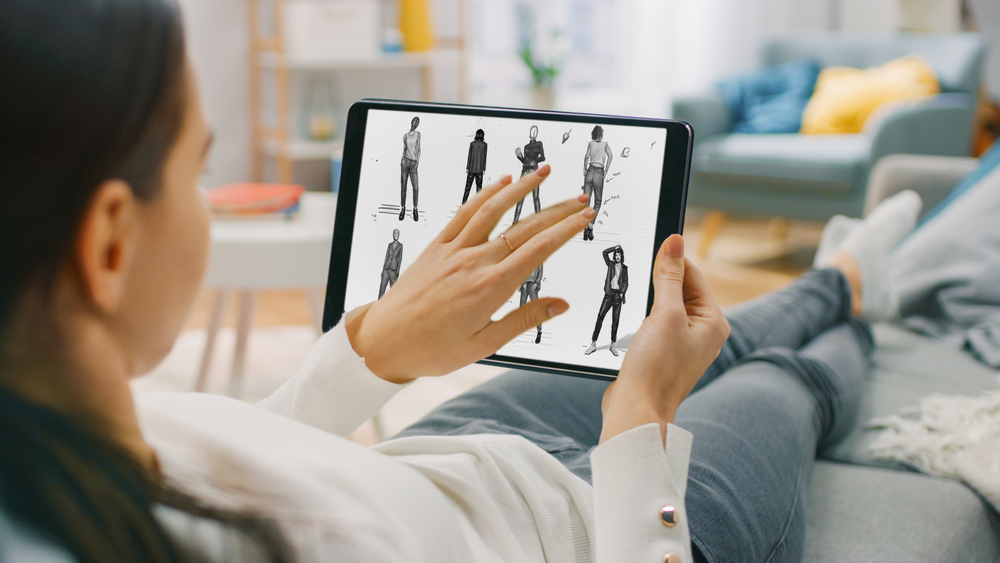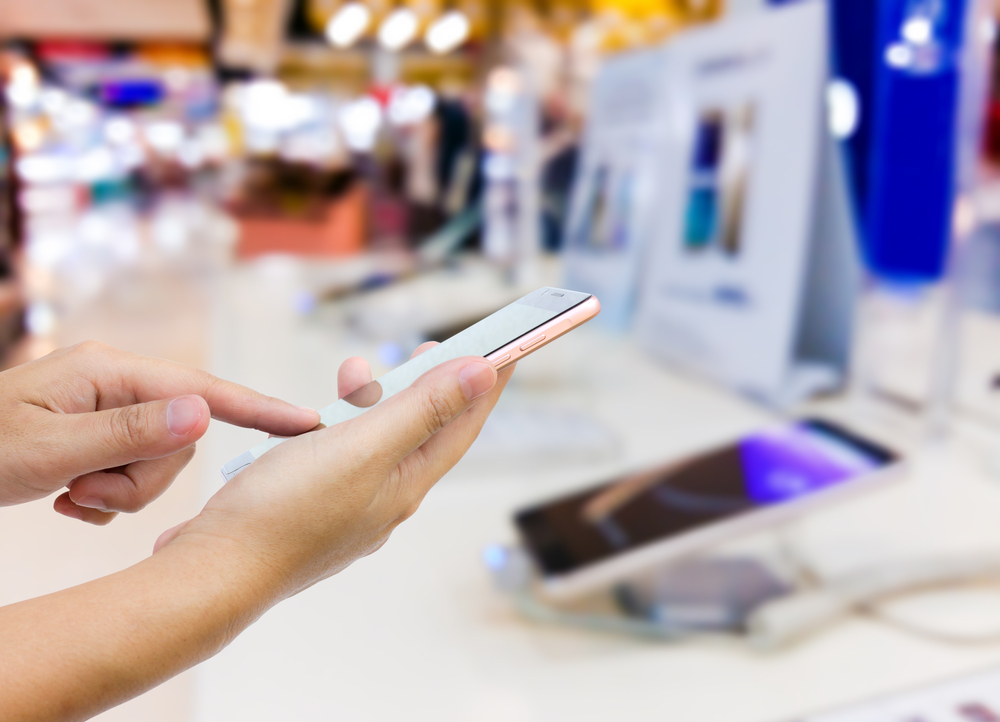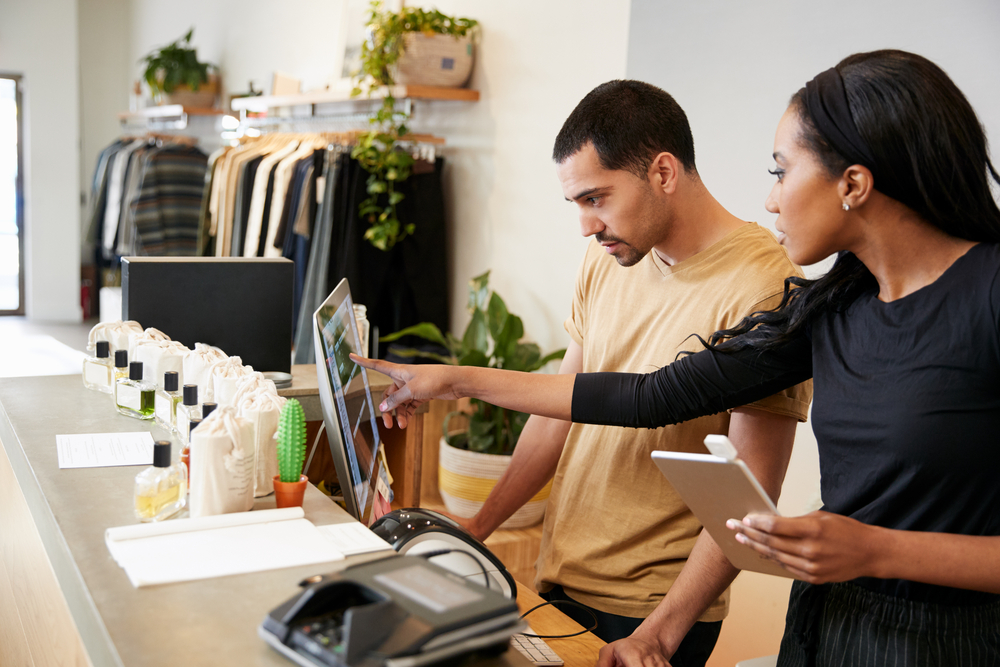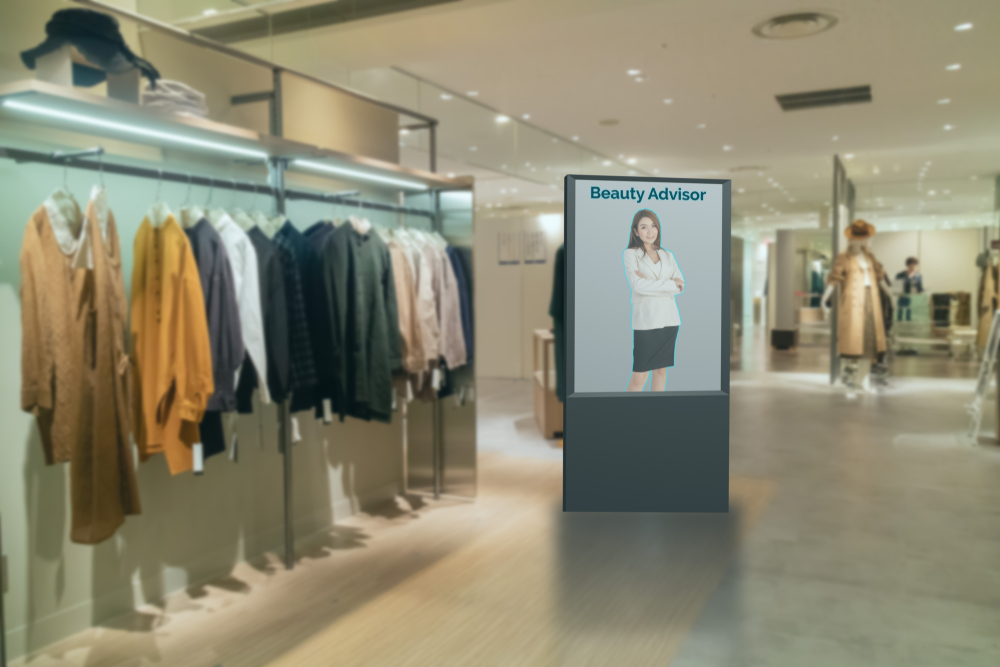Today’s customers expect a lot. As well as convenience and personalisation, they want a seamless omnichannel retail experience.
One way retailers can meet those demands is through digital signage. Sleek screens displaying tailored content that is informative and flexible can provide high-impact results.
Brands and retailers are taking notice. According to recent research, the digital signage market is estimated to grow by £4.9 billion by 2025.
Looking at the stats, it’s easy to see why digital signage solutions are proving so popular. Not only can digital signage software help capture the attention of 63% of customers, it also creates a 46% increase in customer satisfaction.
For retailers looking for ways to reconnect with their customers post-pandemic, digital signage is the one to watch. But there are a few things to keep in mind if you’re considering investing in this tech.
Content is everything
There’s so much more to digital signage than simply the screen and hardware. If you don’t have the right content displayed, you’ll struggle to make a connection with your audience. If you want to interact with your customers, content needs to be simple but compelling, informative but accessible. It also needs to be 100% relevant. Make sure your content tells a story and enhances the customer experience.
Know your customers
There’s no such thing as one type of customer. Each person is unique, and has different requirements. As a result, you need to ensure your messaging reflects this diversity. The customers you have coming into the store in the morning may have different needs to those visiting in the afternoon or evening. By changing your content at different times of the day, you can target specific audience groups. Specialised sales promotions will also help create a sense of exclusivity and make customers feel valued (and more likely to come back).
Audience targeting
Advancements in customer targeting mean retailers can manage how people interact with different brands and products. If someone searches for a product online, for example, this projection tech means it will be followed by a mobile phone notification and a more satisfying in-store experience. With targeted, timely messaging along the way, the final sale can be made in-store. Eye-catching, relevant digital signage can help to seal the deal.
Looking to increase engagement, boost communication, improve sales and create the best customer experience? Delta Signage could be the answer.
Get in touch to find out more: hello@thedeltagroup.com.














Latest posts